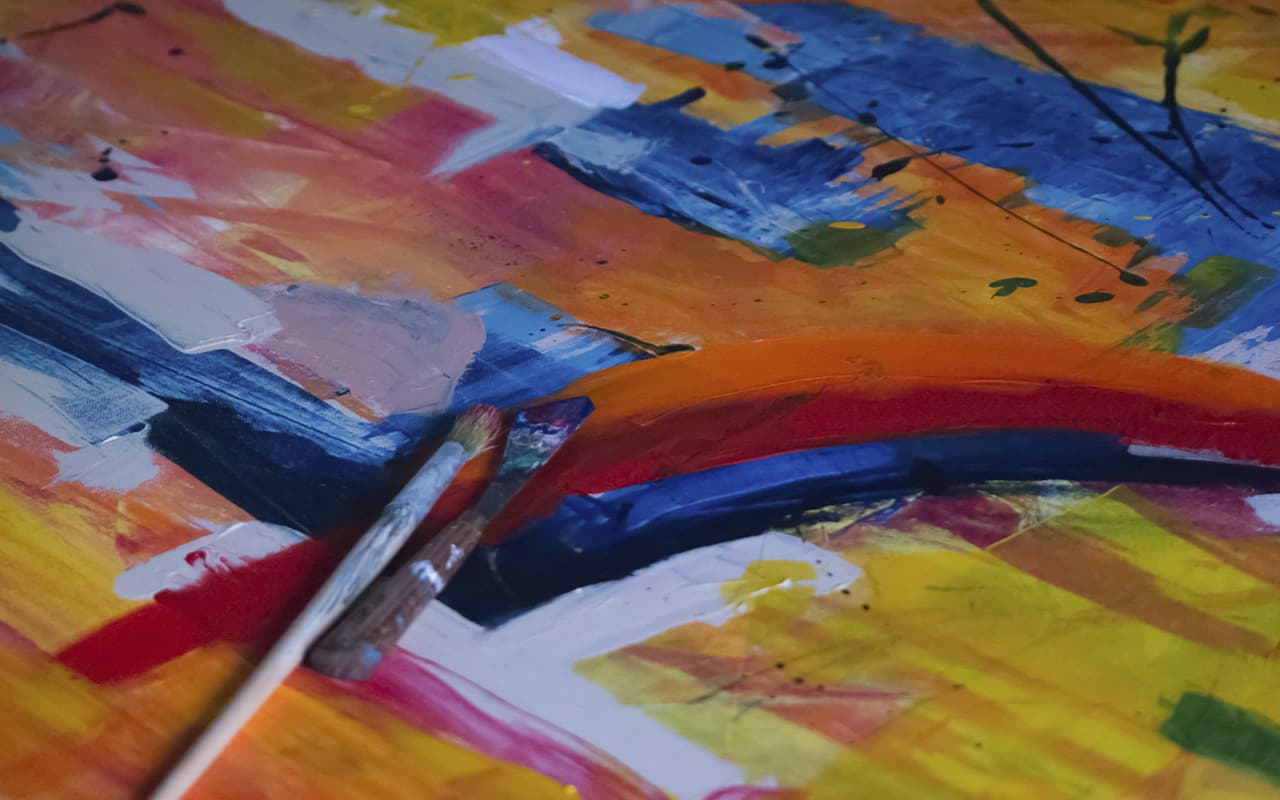
The importance of art in society
Art can link culture to commodities in a way that generates money, but also has significant sentimental and cultural value in communities. People don’t just want “stuff,” they want to experience life. Art is the perfect intersection between culture and commerce.
Why is creating art important? Making art helps you learn to “see” by focusing on details and paying more attention to your surroundings. Creating art teaches us that there is more than one solution to the same problem. Art challenges our beliefs and encourages open-mindedness, which creates an environment for creative problem-solving.
The nature of art
Nature in art can take many visual forms, from photorealism to abstraction. It can imitate nature, seeking to visually recreate objects as they actually appear in real life. But abstract paintings can also take their visual cue from real forms in nature, such as the painting below.
Art is a universal language. It allows people to express themselves through splashes of color, meaningful narratives, and heartfelt lyrics. Every work of art provides a glimpse into the past. For centuries, artists have conveyed their history through drawings, paintings, architecture, and sculptures.
How art is used in everyday life
Art is everywhere, affecting us every day, whether we realize it or not. There is such a term as “the art of mankind”. It is usually seen as part of the humanities. This includes the visual arts, such as painting and sculpture, as well as the performing arts, such as theater and dance, and literature. Other humanities, such as language, are sometimes considered part of the arts, for example as language arts or rhetoric.